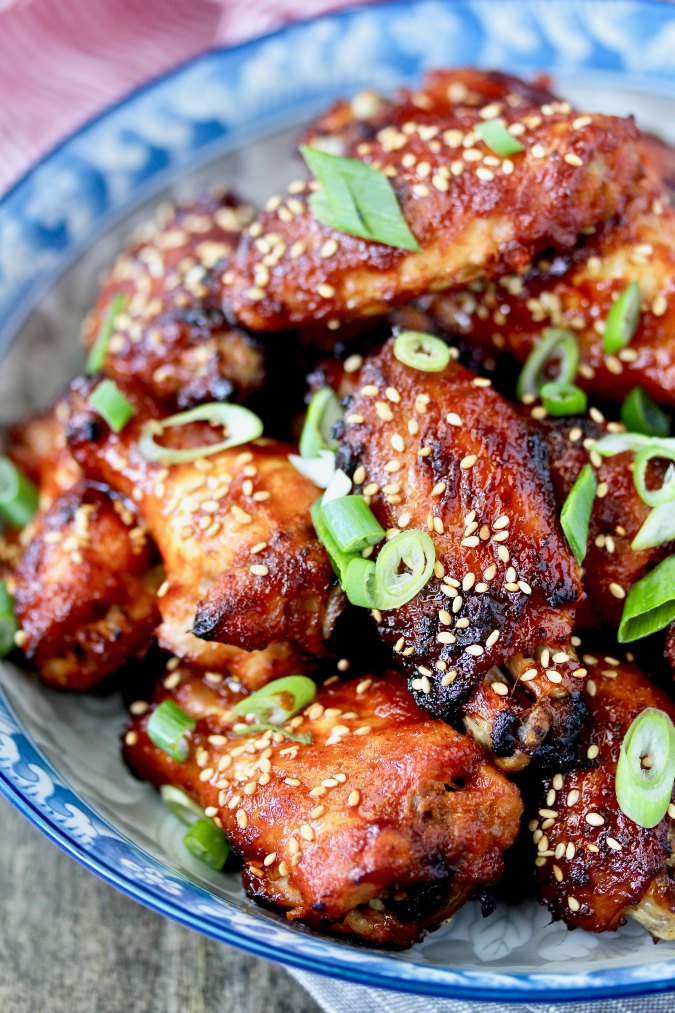

Accompanimentsĭue to chimaek culture, beer is an essential accompaniment to Korean fried chicken. You can substitute with honey if rice syrup is unavailable.īeside sauces, you can also top Korean fried chicken with scallions, chili peppers, peanuts, garlic and even cheese (preferably a mild white cheese like mozzarella). Korean rice syrup, a thick, caramel-colored syrup is also used to create a barbecue sauce consistency. While Korean fried chicken can be served without sauce, the most popular version is yangnyeom, a sweet and spicy sauce made from rich Korean gochujang chili paste.

Like all fried foods, you can make Korean fried chicken in a cast iron skillet or a deep fryer. A second fry will eliminate that moisture. Twice-frying produces a crispier crust, according to Kenji Lopez-Alt of Serious Eats, as excess moisture under the coating will continue to rise upon the surface during the first frying process.

In Korean fried chicken, flour is often replaced with potato starch or corn starch. If using white meat, adjust your cooking time as chicken breast cooks faster than dark meat. Almost all Korean fried chicken recipes calls for either thighs or drumsticks (although wings are also popular). But in Korea, dark meat is the choice cut. In America, white meat is the most popular part of the chicken. Tips to Make Your Korean Fried Chicken Even Better Choosing the Chicken Called “ hofs” (pubs), chimaek restaurants have become a quintessential part of Korean dining culture. This culture is known as chimaek, which is a combination of the English word “chicken” and “ maekju,” the Korean word for beer. Unlike American fried chicken which is generally enjoyed at home or as fast food, Korean fried chicken revolves around a combination of drinking and dining out. To appreciate Korean fried chicken, it’s important to understand the unique culture of its country of origin.


 0 kommentar(er)
0 kommentar(er)
